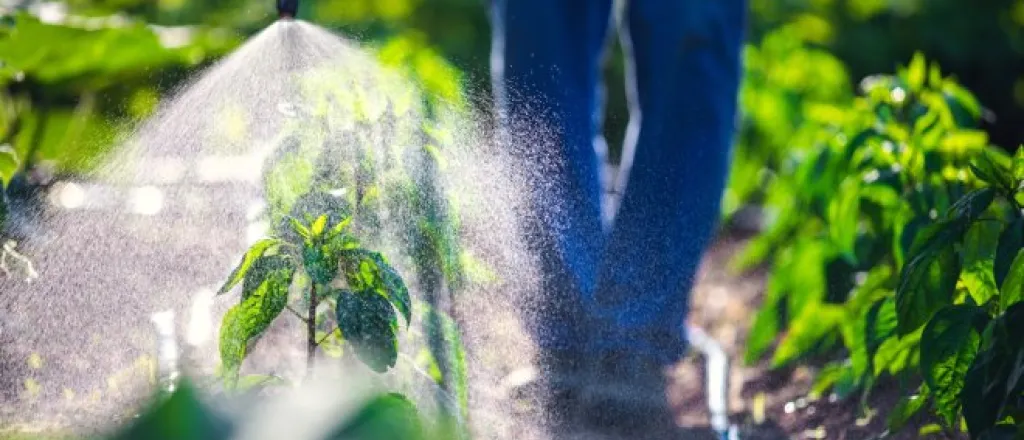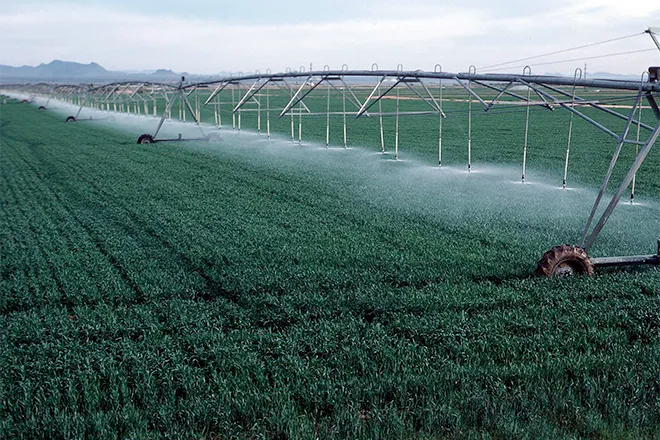
5 pest control methods that comply with organic farming
©
Many people wrongly presume that organic produce is grown without pesticides. This isn’t the case. However, the USDA has strict regulations concerning what pest control methods comply with organic farming principles. Let’s explore five effective techniques at the disposal of organic farmers.
Crop rotation
Crop rotation is one of the oldest, most reliable methods to outsmart pests, and it’s one of the best practices for sustainable farm management. Farmers change the types of crops they plant in specific fields each season, disrupting pest life cycles and making it harder for them to establish themselves. When pests encounter an environment they’re not adapted to, their populations naturally dwindle. Beyond pest management, crop rotation also boosts soil health by balancing nutrient use and promoting microbial diversity.
Biological control
Biological control introduces beneficial organisms to a farm to take care of pest problems. Ladybugs, parasitic wasps, and predatory mites can prey on aphids, caterpillars, and other harmful pests, reducing the need for chemical intervention. Many organic farmers also release nematodes (roundworms) into the soil to combat root-dwelling pests. These natural predators keep pest populations in check while promoting ecological balance.
Physical barriers
Installing physical barriers is a straightforward way to prevent pests from reaching crops. Row covers, insect-proof nets, and mulches are all tools to keep unwanted guests at bay. Barriers work best when tailored to specific pests, such as bird netting for flying invaders or sticky traps for crawling insects.
Plant-based pesticides
Plant-based pesticides are excellent substitutes for synthetic chemicals. Farmers have used these natural remedies for generations, and they continue to prove effective in battling pests without poisoning the environment. Consider some of these common plant-based pesticides:
- neem oil
- pyrethrin
- capsaicin
- garlic sprays
- certain Bacillus strains
- corn gluten meal
- hydrogen peroxide
- copper sulfate
- non-detergent insecticidal soaps
- and more
Trap crops
Trap crops are decoys to lure pests away from main harvests. For example, planting mustard near a cabbage field can redirect aphids, sparing the cabbages from infestation. After pests collect on the trap crops, farmers remove or treat them to minimize their impact.
These pest control methods that comply with organic farming ensure farmers can achieve a USDA organic certification and not harm the environment. From crop rotation to the use of plant-based pesticides, these methods provide practical and natural ways to handle pests while preserving organic integrity.

















